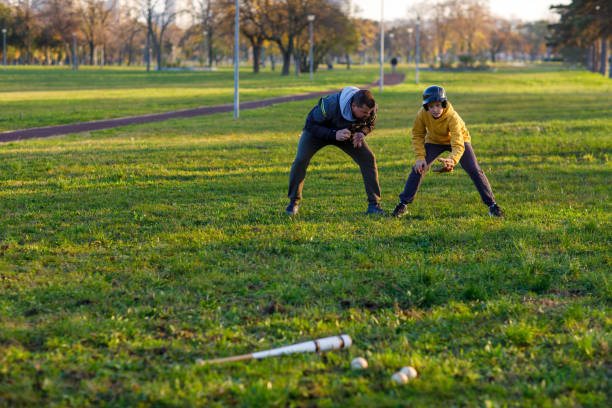Fielding Drills for Baseball
Baseball, often referred to as America’s favorite pastime, is a game that demands excellence in various skills, including hitting, pitching, and perhaps most importantly, fielding. Fielding drills for baseball are essential for players looking to enhance their defensive abilities and contribute to their team’s success on the diamond. In this article, we’ll explore a variety of fielding drills designed to improve agility, reflexes, and overall defensive prowess.
Fielding in baseball involves the act of catching and controlling the ball hit or thrown by the opposing team. It is a crucial aspect of the game, as a team’s ability to prevent runs often hinges on its defensive performance. Fielding drills are designed exercises to refine players’ skills in catching, throwing, and positioning on the field. These drills enhance individual abilities and foster teamwork and communication among players.
How often should I incorporate fielding drills into my practice routine?
Ideally, fielding drills should be integrated into every practice session to ensure consistent improvement. However, the frequency may vary depending on factors such as the team’s schedule and the availability of practice facilities.
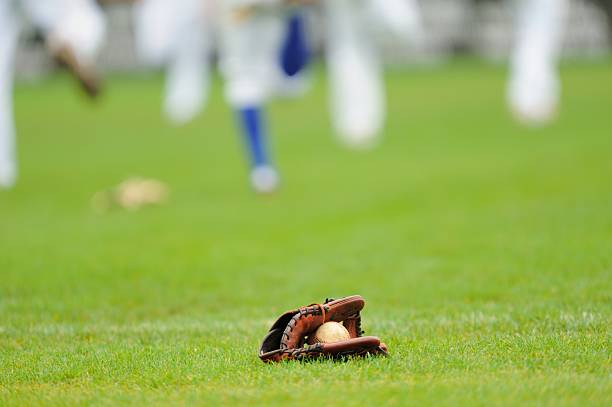
Basic Fielding Techniques
Before diving into specific drills, it’s important to understand the fundamental fielding techniques. These include proper footwork, body positioning, and hand-eye coordination. Whether it’s fielding ground balls, pop flies, or line drives, mastering these basic techniques forms the foundation of effective fielding.
Ground ball drills for infielders: These drills focus on infielders’ ability to field ground balls cleanly and efficiently. Players practice fielding balls hit along the ground, working on proper footwork, glove positioning, and throwing mechanics to ensure quick and accurate plays.
Reaction drills for quick reflexes: These drills aim to improve infielders’ reaction times to balls hit sharply in their direction. Players engage in exercises that challenge their agility and hand-eye coordination, helping them anticipate and react swiftly to balls off the bat.
Communication drills for teamwork: Infielders work on effectively communicating with each other during defensive plays. Drills involve simulating game situations where players must call out responsibilities, cover bases, and coordinate infield shifts, fostering teamwork and cohesion among teammates.
Outfield Drills
Fly ball drills for outfielders: These drills focus on outfielders’ ability to track and catch balls hit high into the outfield. Players practice judging the trajectory and speed of fly balls, honing their timing and positioning to make successful catches while on the run or near the outfield wall.
Relay and cutoff drills for precision: Outfielders work on executing accurate throws to relay infielders or cutoff players. These drills emphasize proper technique in fielding balls and making strong, precise throws to designated targets, ensuring efficient ball movement and defensive coordination.
Fence drills for boundary awareness: Outfielders train to navigate near the outfield fence and make plays while avoiding collisions. These drills simulate scenarios where players practice judging their proximity to the fence, maintaining focus on the ball, and making adjustments to secure outs or prevent extra-base hits.
Catching Drills
Blocking drills for catchers: These drills focus on catchers’ ability to block pitches in the dirt, preventing them from getting past and allowing baserunners to advance. Catchers practice techniques such as dropping to their knees, shifting body position, and using their chest protector to stop low pitches effectively.
Framing drills for improving pitch presentation: Catchers work on subtly moving their glove to frame pitches, presenting them in a way that makes them appear more like strikes to the umpire. These drills emphasize precise movements and timing to enhance the likelihood of getting favorable calls on borderline pitches.
Throwing drills for quick release: Catchers practice rapid transfer and release of the ball to throw out baserunners attempting to steal. Drills focus on footwork, glove-to-hand transition, and arm strength to ensure catchers can make accurate and speedy throws to the intended target, deterring opposing runners from advancing.
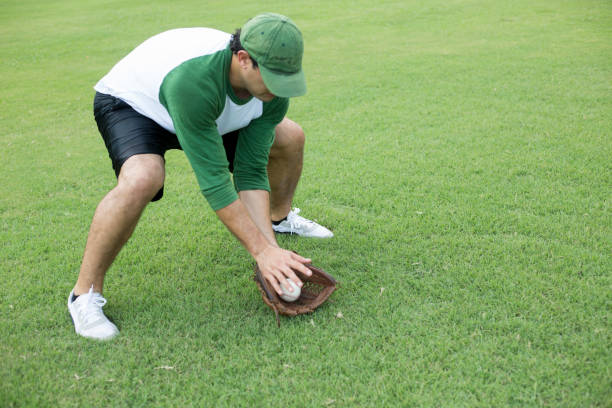
Specialized Drills
Double play drills for infielders: These drills focus on infielders’ ability to turn double plays efficiently. Players practice fielding ground balls, making quick transitions to second base, and executing precise throws to complete the double play, emphasizing timing and coordination between infielders.
Baserunning drills for fielders: These drills help fielders improve their baserunning skills to maximize their effectiveness on the base paths. Players work on techniques such as reading the ball off the bat, rounding bases efficiently, and sliding safely into bases, enhancing their ability to advance and score runs.
Position-specific drills for versatility: These drills cater to players’ specific defensive positions, helping them develop the skills and instincts required to excel in multiple roles. Players engage in exercises tailored to their positions, focusing on aspects such as fielding range, throwing accuracy, and defensive positioning, enhancing their overall versatility and value to the team.
Equipment Needed
List of essential equipment for fielding drills: Essential equipment includes baseballs, gloves, and appropriate footwear. These items are necessary for performing basic fielding drills and developing fundamental skills such as catching, throwing, and footwork.
Optional tools for advanced training: Optional tools may include batting cages, pitching machines, and agility cones. While not essential, these tools can enhance fielding drills by providing additional challenges and opportunities for skill development, particularly for players seeking more advanced training.
Safety Precautions
Importance of proper warm-up and stretching: Before engaging in fielding drills, players should prioritize warming up their muscles and joints to reduce the risk of injury. Dynamic stretching exercises, such as leg swings and arm circles, help increase flexibility and blood flow, preparing the body for the physical demands of fielding practice.
Recommendations for protective gear: Players should wear appropriate protective gear, such as helmets, shin guards, and protective cups, to minimize the risk of injury during fielding drills. Ensuring that gear fits properly and is in good condition is essential for providing adequate protection against potential impacts or collisions on the field.
Setting Up a Practice Routine
Setting up a practice routine involves creating a structured schedule for fielding drills and exercises. Coaches and players collaborate to allocate time for various aspects of fielding, such as ground ball drills, reaction drills, and communication exercises. The routine ensures consistent practice sessions focused on developing and refining defensive skills. Additionally, it allows for flexibility to address specific areas needing improvement while maintaining a balance with other aspects of the game.
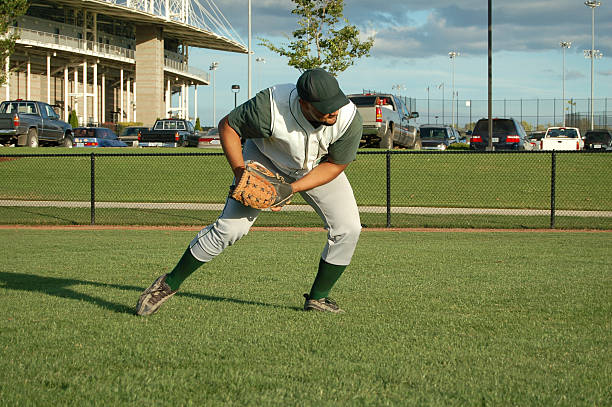
Tracking Progress
Measuring progress is crucial for identifying areas of improvement and adjusting training regimens accordingly. Coaches can use metrics such as fielding percentage, errors committed, and time to release for catchers to assess players’ defensive abilities. Tracking progress over time provides valuable insights into each player’s development and allows for targeted coaching interventions.
How can players track their progress in fielding skills?
Players can track their progress by keeping a record of key metrics such as fielding percentage, errors committed, and time to release for catchers. Regular self-assessment and feedback from coaches can also provide valuable insights into areas needing improvement.
Common Mistakes to Avoid
Despite the importance of fielding drills, certain pitfalls can hinder players’ progress if not addressed. Overlooking fundamental techniques, neglecting specific fielding positions, and focusing solely on individual drills without considering game-like scenarios are common mistakes to avoid. By addressing these issues proactively, players can accelerate their development and become more effective defenders on the field.
Benefits of Consistent Practice
Consistent practice is key to mastering any skill, and fielding is no exception. By dedicating time to regular fielding drills, players can improve their defensive abilities, leading to greater confidence and performance during games. Enhanced fielding skills not only contribute to individual success but also benefit the team as a whole, increasing the likelihood of victory on the diamond.
Incorporating Drills Into Team Practice
Coaches play a vital role in integrating fielding drills into team practice sessions effectively. By incorporating drills that emphasize teamwork, communication, and competition, coaches can foster a culture of excellence and collaboration among players. Encouraging friendly competition and providing constructive feedback motivate players to push themselves and strive for continuous improvement.
What are some alternative methods for incorporating fielding drills into practice sessions?
In addition to traditional drills, coaches can use technology such as video analysis and simulation software to enhance fielding practice. Virtual reality training platforms and interactive feedback systems offer innovative ways to simulate game-like scenarios and provide targeted skill development opportunities.
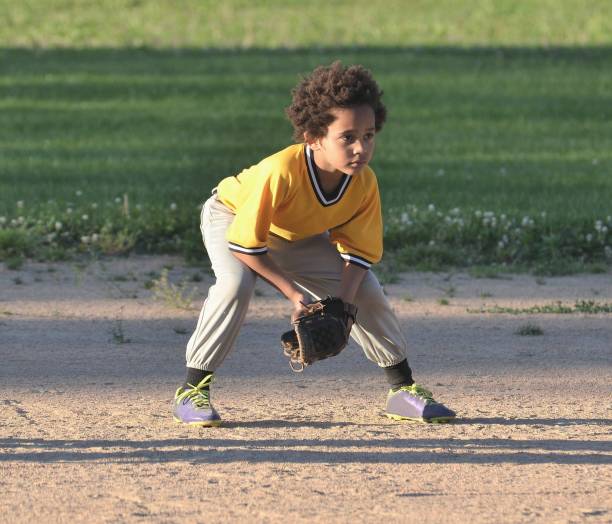
Conclusion
Fielding drills are an essential component of baseball player development, offering numerous benefits for individuals and teams alike, including baseball drills for kids. By focusing on fundamental techniques, practicing specialized drills, and incorporating feedback from coaches, players can elevate their defensive skills to new heights. With dedication, persistence, and a commitment to excellence, every player has the potential to become a standout defender on the baseball field.

